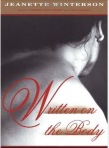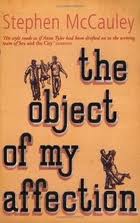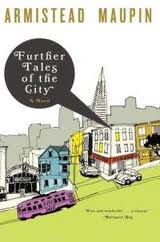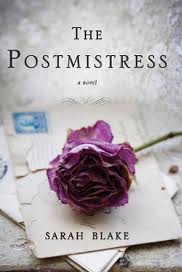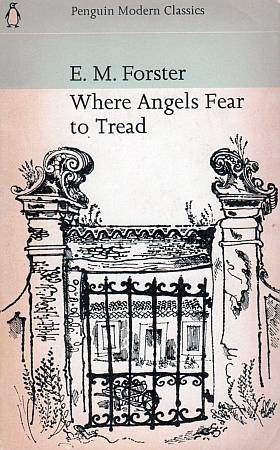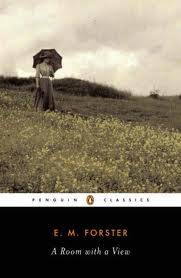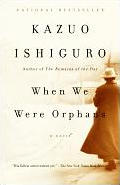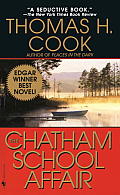“They’re ferocious and bloodthirsty, and if you’re bitten by one you don’t just die; a far more serious and terrible fate lies in store: you lose your imagination . . . you wither away year by year until your body is just a shell.” (Ch.5, 46)
Elsa is an 8-year-old smartypant who gets bullied in school for her precociousness. Her only friend, and best friend, is her eclectic grandmother. Elsa’s precociousness along with her granny’s disregard for societal rules mark them as trouble to most people they encounter and make Elsa a pariah at school. To escape from reality, Elsa journeys to a fairy realm created by her granny, the Land-pf-Almost_Awake, with six kingdoms, each with its strength, purpose, and interlocking mythologies. When granny dies, she leaves Elsa a treasure hunt—she gets tapped to deliver a series of letters of various people in her building, and she is compelled to find out the secrets behind why there is a message of apology to all of them.
The fairy tales can often get the better of the main story. They can somewhat overwrought and tedious but Elsa’s adventures press on the pages. There is quite a system granny has invented for the relationships between her imaginary kingdoms. As Elsa learns about the troublesome day on which she was born, she is also enlightened to the philanthropic work her granny did as a surgeon and why her work had alienated her mother. It doesn’t surprise that the hunt reveals that each of the misfits in the building has a connection to her granny, and they are all hurt, damaged souls who have a story reflected in granny’s fairyland. It’s quite a complex tale and is intricately woven. Sometimes it gets really tedious, but it captures beautifully the honestly of children and obtuseness of adults.
(Note: I picked this up because of the universally acclaimed The Man Named Ove; but I am glad I have read this first and save Ove for later because the reviews are all in favor of Ove.)
372 pp. Simon & Schuster. Trade Paper. [Read|Skim|Toss] [Buy|Borrow]
Filed under: Books, Contemporary Fiction, Contemporary Literature, General Fiction | Tagged: Books, Contemporary Literature, Fredrik Backman, General Fiction, My Grandmother Asked Me to Tell You She's Sorry | Leave a comment »














